|
|
 |
The one-piece (cast, forged, or billet) plain-bearing crankshaft is the backbone of all modern automotive engines. For long service, resistance to bending is essntial, and the length, number and width of the main bearings as well as the method used to secure the main bearing caps to the block all affect the straightness of the crankshaft.
However, the absolute and relative sizes of the main journal diameter, connecting rod journal diameter, and stroke length also affect stiffness.
“Journal overlap” is the continuous cross-section of steel or cast-iron in the counterweight or throw cheek shared by the main and rod journals (as shown, left between the two pairs of arrows; click the image for a larger view). Larger journals or shorter stroke increase this shared area and increase stiffness. |  |
|
For example: if the main and rod journals were each 2.00” in diameter and the stroke were 4.00”, there would be no continuous cross-section connecting them. The two circles formed by the journals would be tangent with no journal overlap; the strength would be limited to only the counterweight web connecting the two journals along the crankshaft axis (lengthwise). If the stroke length is increased, journal overlap is reduced unless one or both journals is increased in size.
During the life of an engine series, as size is increased by use of longer stroke the size of the main and/or rod journals is increased, not only to add load capacity to the bearings, but to retain as much stiffness as practical.
The Chevrolet small-block V-8 is a good example. As offered initially in 1955 with 3.00” stroke, the main jourals were 2.30” with 2.00” rod journals. The stroke was increased three times over the next 25 years, and both journal sizes increased as well. The common calculation of journal overlap is:
Journal Overlap = ½ (Main journal OD + Rod journal OD - Stroke length)
Chevrolet V-8 crankshaft data |
Engine | Main journal | Rod journal | Stroke length | Journal overlap |
265, 283 | 2.30” | 2.00” | 3.00” | .650” |
Early 327 | 3.25” | .525” |
Late 327 | 2.45” | 2.10” | .650” |
350 | 3.48” | .535” |
400 | 2.65” | 3.75” | .500” |
An engine stroked by eccentrically reducing the rod journal size has less overlap because two factors have been changed, and both reduce overlap. A choice of smaller rod jounals should be approached with caution.
There is no absolute “minimum” journal overlap figure, crankshafts with negative overlap were common before WW2.
However, the formula shown above only calculates the width of the area indicated, which is not a valid comparator of crank stiffness. It has, in my opinion, a serious flaw as a tool in that it appears to assign the same safety factor to overlap produced by very different combinations of components. The journal overlap area is actually a two-dimensional “lens” circumscribed by the arcs of two overlapping circles.
For example:
Chevrolet 283 with 2.30” main, 2.00” rod, 3.00” stroke: .650” overlap
Ford 385 Series with 3.00” main, 2.50” rod, 4.20” stroke: .650” overlap
Omitting other factors, the effective overlap (the actual common area) is, of course, quite different despite the identical linear measurements, and the bending resistance is even less accurate due to the relatively larger size of the Ford journals. |
Plane geometry and trigonometry provide a solution, but unfortunately a complex one; click the diagram to see the math source.
The diameters of the two journals and the stroke length can be input to calculate the journal overlap in square inches, but in my opinion even this is not definitive.
I have a feeling that the thickness of the lens (the simple comparison of both journal diameters and the stroke, as provided by the traditional formula) is more important to oppose bending out of the crank’s lengthwise axis, but the lens area still has value against twisting in other planes. An “index” of total bending resistance would therefore include (at least) both of these components, and weighted separately. The bending stress on a crankshaft is higher across the short axis of the lens, so it should be “weighted” for greater effect.
In addition, the overlap area is only useful in comparison with the smaller of the two journals (the rod journal), so the relative areas of the rod journal and journal overlap are yet another component. |
 |
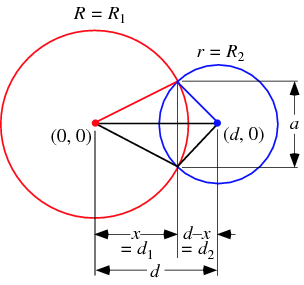 |
See these Victory Library booklets |
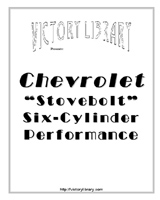
|

|
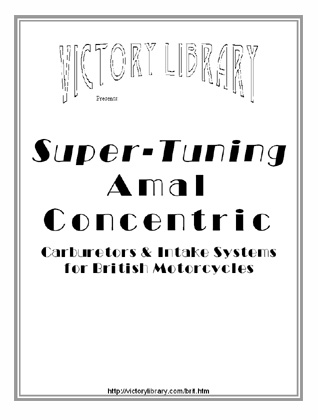
|

|
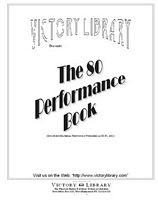
|
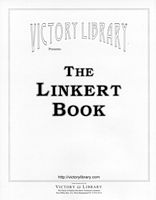
|
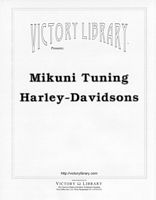
|
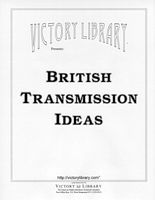
|

|

|

|
crankshaft, main journal, crank, rod journal, thickness, journal, overlap, stiffness, strength, radius, diameter, calculate, rod ratio, formula
|



